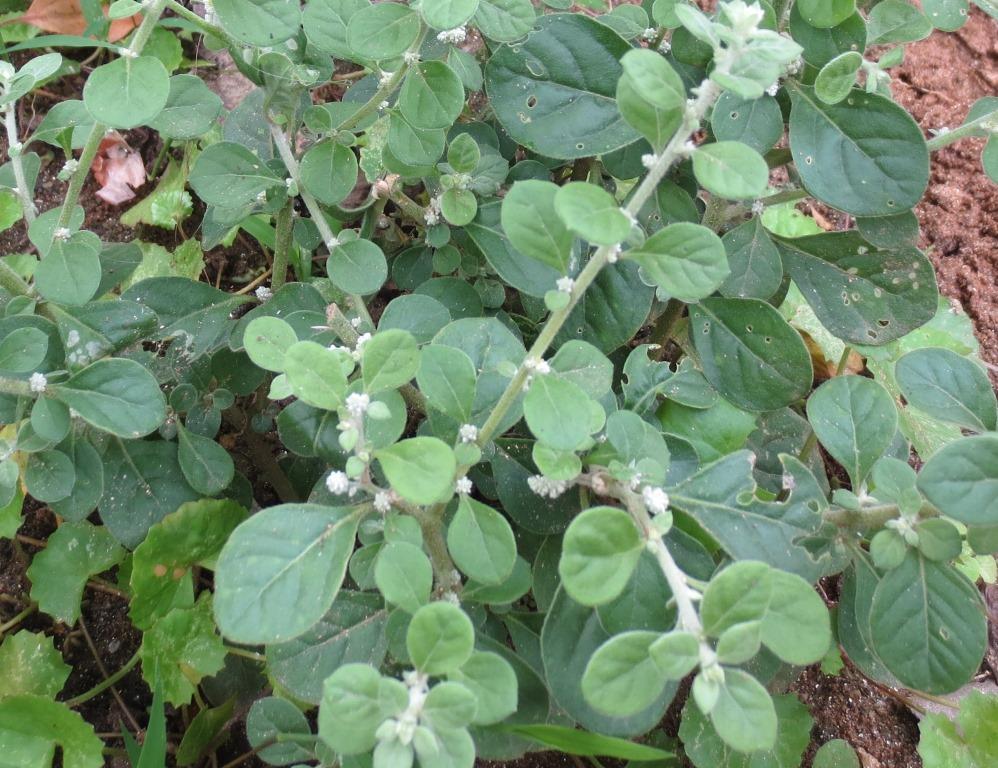DEPARTMENT OF BOTANY
MEDICINAL PLANTS
Aerva lanata (L.) Juss. ex Schult.
Family: Amaranthaeae
Common Name: Mountain knotgrass
Vernacular Names: Gorkhabundi (Hindi), Gorakshaganja (Sanskrit), Koolappoo (Tamil), Cherula (Malayalam)
Plant Description
Aerva lanata is a perennial herb that is native to Asia, Africa, and Australia.
Habit: Herb
Height: upto 1m
Stem: numerous from the base, 0.3-2 m long, often branching higher up, striate, more or less densely woolly with whitish to yellowish hairs.
Leaves: Leaves 3-4 x 3 cm, orbicular to ovate, apex obtuse, mucronate, pubescent above, densely woolly below, membranous
Inflorescence: axillary, sessile silky whitish spikes, 0.5-2 cm long, solitary or in clusters, together at the ends of branches often appearing as one inflorescence separated by very small bract-like leaves.
Flowers: unisexual or bisexual, very small, greenish, often almost hidden in the mass of silky hairs.
Beneficial Properties
Medicinal Properties
• Aerva lanata is described in Ayurveda as having anti-inflammatory, antihelmintic, anti-bacterial and analgesic properties.
• It is used as a diuretic to treat lithiasis.
• It is used to treat diabetes mellitus, asthma, malaria, rheumatism, bronchitis and haemorrhage.
• Aerva lanata is used as an antidote for rat poisoning.
• It is used as a vermifuge for children.
• The juice of the roots is given orally to patients of liver congestion, jaundice, biliousness, and dyspepsia.
• A decoction of the whole plant is given to cure pneumonia, typhoid, and other prolonged fevers.
